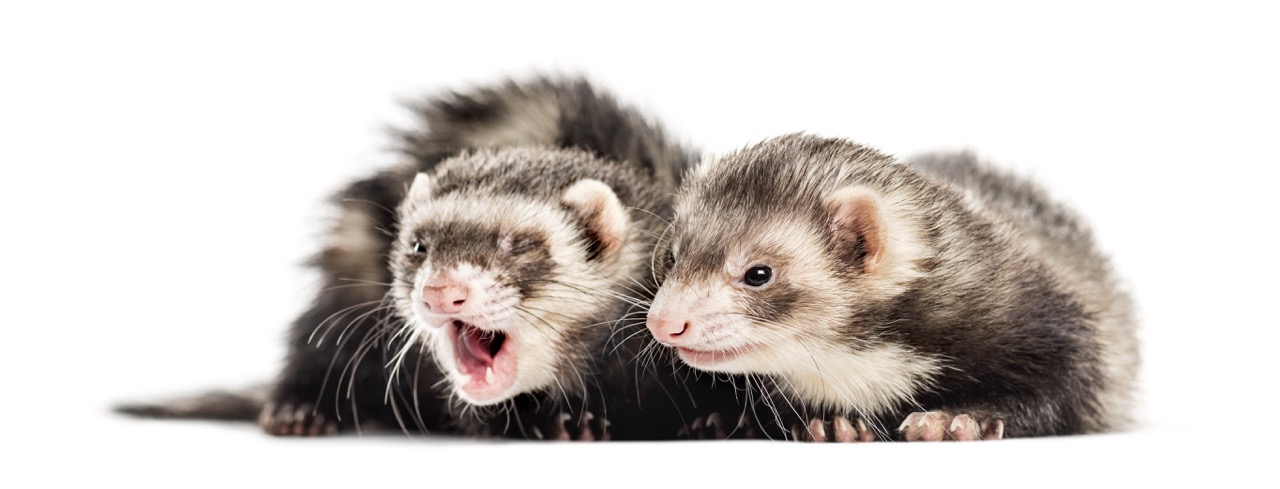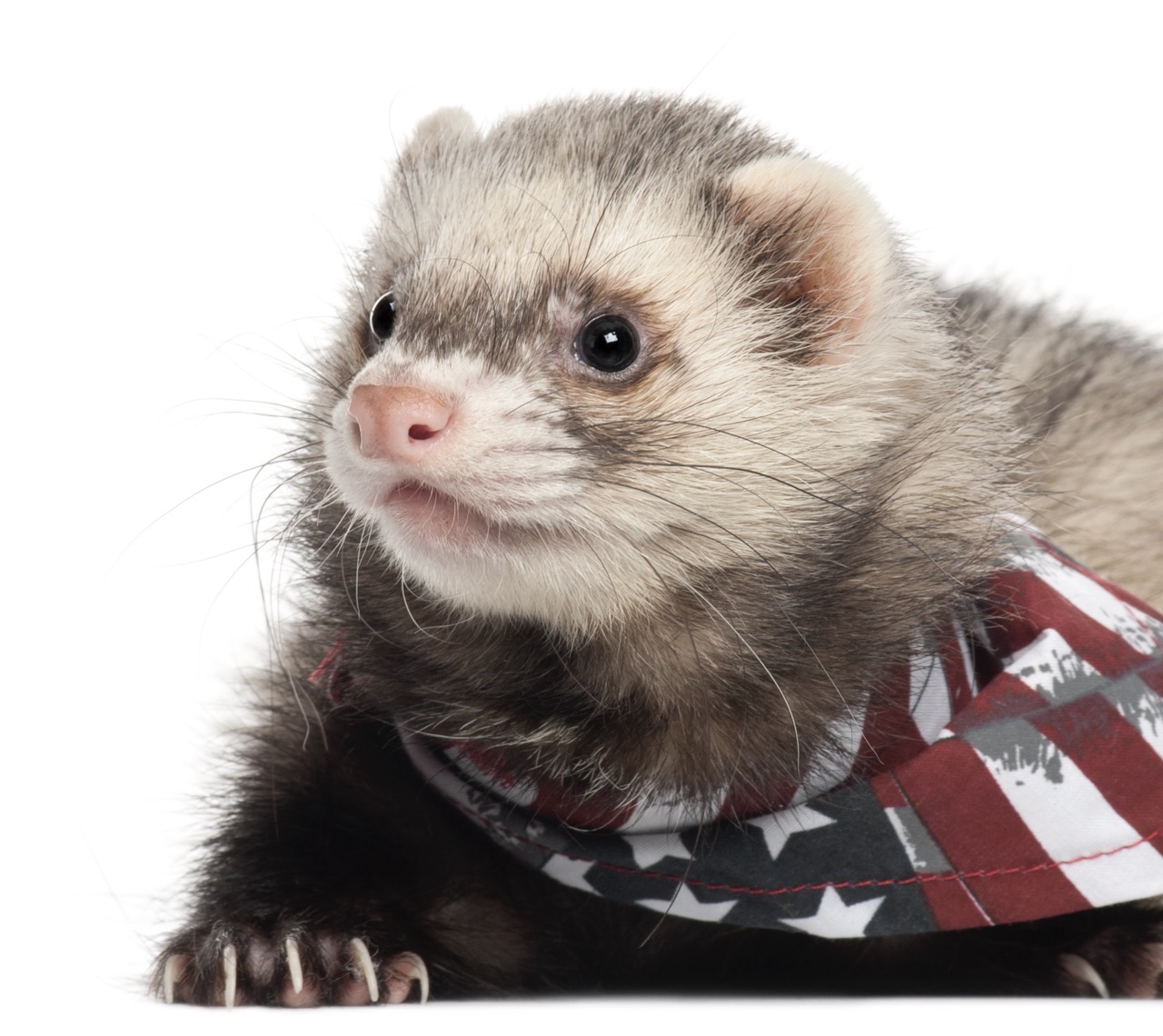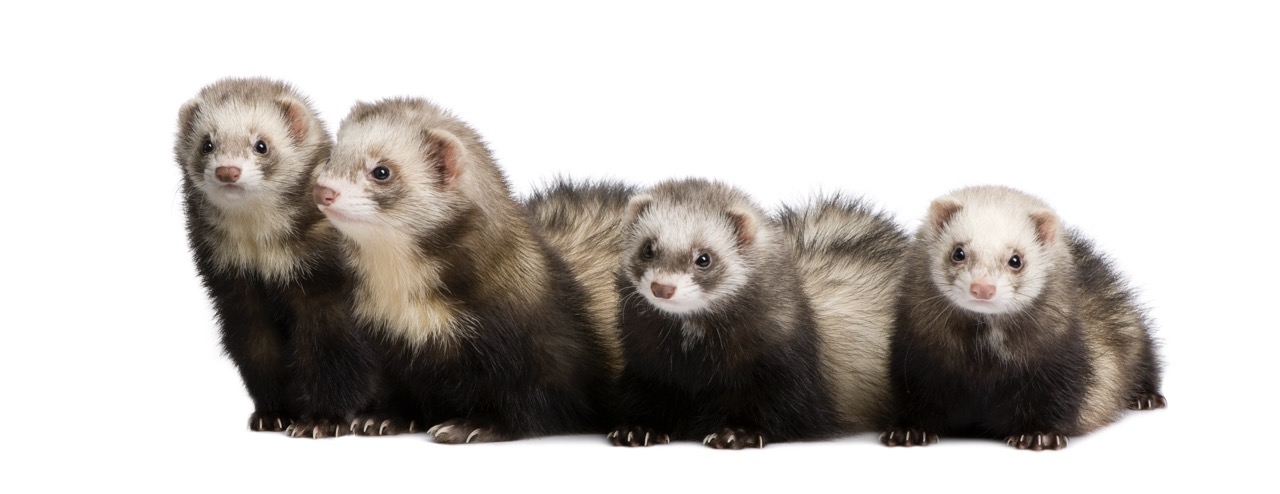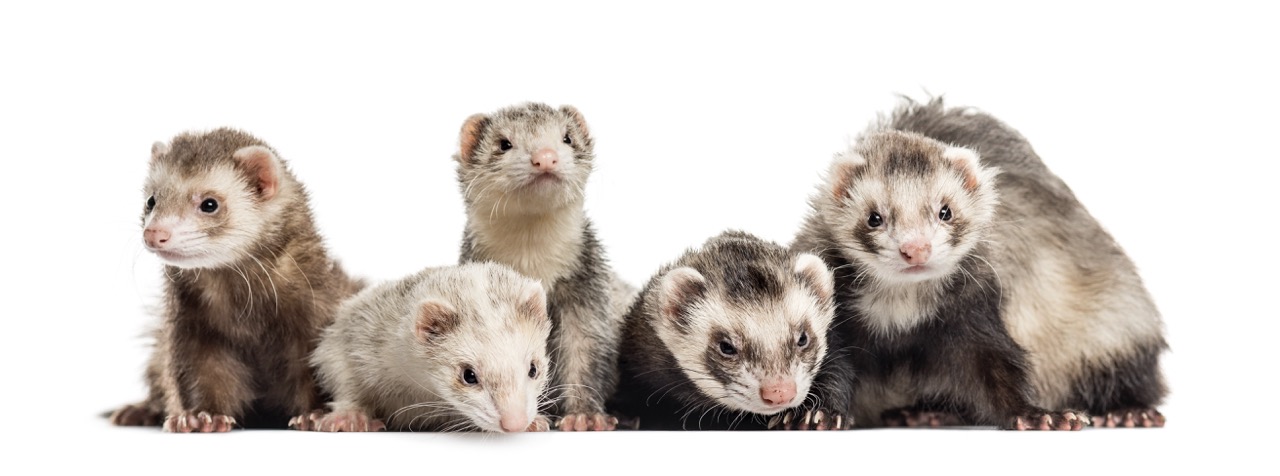Creating a comfortable habitat for your ferret is essential for their health and happiness. One of the most crucial elements of their environment is the bedding material you choose for their cage. Bedding not only provides a soft surface for them to rest but also plays a vital role in maintaining hygiene and absorbing odors. Understanding the different types of bedding available and their specific benefits can help you select the right option for your furry friend. In this article, we’ll explore the best types of bedding for ferret cages, focusing on natural and synthetic materials, as well as tips for proper maintenance.
Understanding Ferret Bedding Needs for Optimal Comfort
Ferrets are known for their playful and energetic nature, which requires a bedding setup that accommodates their specific needs. A suitable bedding should provide comfort and warmth, allowing your ferret to curl up and rest after a long day of exploration. Ferrets have sensitive paws, so bedding that is too rough or abrasive can lead to discomfort and potential injuries. Therefore, opting for soft, plush materials is a priority for creating a cozy sleeping area in their cage.
Another important aspect of bedding is its ability to absorb moisture and odors. Ferrets can produce a significant amount of waste, and bedding that retains moisture can lead to an unsanitary environment, contributing to unpleasant smells and potential health issues. It’s crucial to choose bedding that not only absorbs liquids effectively but is also easy to clean and change regularly. This will help maintain a hygienic living space for your ferret and reduce the risk of bacterial growth.
Lastly, consider the safety of the bedding materials you choose. Ferrets are curious creatures and often explore their surroundings by nibbling on objects. As such, bedding should be non-toxic and free from harmful substances. Any materials that pose a choking hazard or can cause internal injuries should be avoided. Prioritizing comfort, hygiene, and safety ensures that your ferret has an optimal living environment that promotes their overall well-being.
Top Natural Bedding Options for Ferret Cages Explained
Natural bedding options offer several benefits for ferret owners, especially when considering the health and comfort of their pets. One popular choice is aspen shavings, which are known for being soft, absorbent, and safe. Aspen does not contain the harmful oils found in cedar or pine, making it a safer alternative. It provides excellent odor control and is relatively low dust, which is beneficial for both ferrets and their owners who may have allergies.
Another excellent natural bedding option is paper-based bedding, which is made from recycled paper products. This type of bedding is highly absorbent and provides a soft cushion for ferrets to rest on. Paper bedding is also dust-free and hypoallergenic, making it a suitable choice for ferrets with respiratory issues. Additionally, it is biodegradable, adding an eco-friendly aspect to your ferret care routine. However, it’s essential to choose brands that are specifically designed for pets to ensure they are free from harmful additives.
Lastly, straw or hay can serve as natural bedding, although they are not as commonly used as aspen or paper bedding. These materials can provide a cozy environment but may need to be changed more frequently due to their tendency to harbor odors and attract pests. Ensure that any hay or straw used is free of mold and pesticide residues, as these can pose health risks to your ferret. While natural bedding options may require more frequent cleaning and replacement, they offer a comfortable and safe environment for your ferret to thrive.
Safe Synthetic Bedding Materials for Your Ferret’s Habitat
For those who prefer synthetic bedding, there are several safe options available that provide comfort and durability. Fleece is a widely used bedding material among ferret owners. It is soft, washable, and reusable, making it a cost-effective choice in the long run. Fleece allows for easy cleaning and can be customized in size and shape to fit any cage layout. However, it is essential to monitor for wear and tear, as fraying or loose threads can pose a choking hazard to curious ferrets.
Another synthetic option is recycled carpet or carpet squares, which can provide a comfortable and durable surface for your ferret’s cage. These materials typically have a soft texture and can be cut to fit different cage sizes. They are also easy to clean, as they can be vacuumed or spot cleaned. However, like fleece, it’s crucial to ensure that the carpet is free from harmful chemicals and dyes that could impact your ferret’s health.
Lastly, some ferret owners choose to use commercial bedding made from synthetic materials designed for small animals. These products often contain a blend of materials that offer softness, absorbency, and odor control. When selecting commercial synthetic bedding, it is vital to look for products that specify they are safe for ferrets and free from harmful additives. This ensures that your ferret can enjoy a comfortable and secure habitat without the risks associated with unsafe materials.
Essential Tips for Maintaining Clean and Cozy Bedding
Maintaining clean bedding is critical for your ferret’s health. Regular cleaning routines should be established to prevent the buildup of waste, bacteria, and odors. A good practice is to spot clean the cage daily, removing soiled bedding and replacing it with fresh material. This simple step can significantly improve your ferret’s living conditions and reduce unpleasant odors. Additionally, perform a thorough cleaning of the entire cage at least once a week, which includes washing any fabric items and disinfecting the cage surfaces.
When selecting bedding, it’s vital to ensure that it is easy to clean. For example, materials that can be washed in a washing machine, such as fleece, are highly advantageous. When washing, use pet-safe detergent and avoid fabric softeners, as these can leave residues that may irritate your ferret’s skin or respiratory system. For non-washable options like aspen shavings, ensure to replace them entirely during your weekly clean to maintain hygiene.
Lastly, always monitor your ferret’s behavior and any signs of discomfort or allergies that may arise due to bedding. Observing changes in your ferret’s habits can help you identify potential issues with their bedding material. If you notice excessive scratching, sneezing, or changes in their litter habits, it may be time to reassess the bedding you’ve chosen. Prioritizing cleanliness and comfort will ensure a happy and healthy environment for your pet.
Choosing the right bedding for your ferret’s cage is a vital aspect of their care that can impact their health and happiness. By understanding their needs and exploring both natural and synthetic options, you can create a comfortable, safe, and hygienic living space. Remember to regularly maintain the bedding and observe your ferret for any signs of discomfort. With the proper bedding choices and care routine, your ferret will enjoy a cozy habitat that caters to their playful and curious nature.










